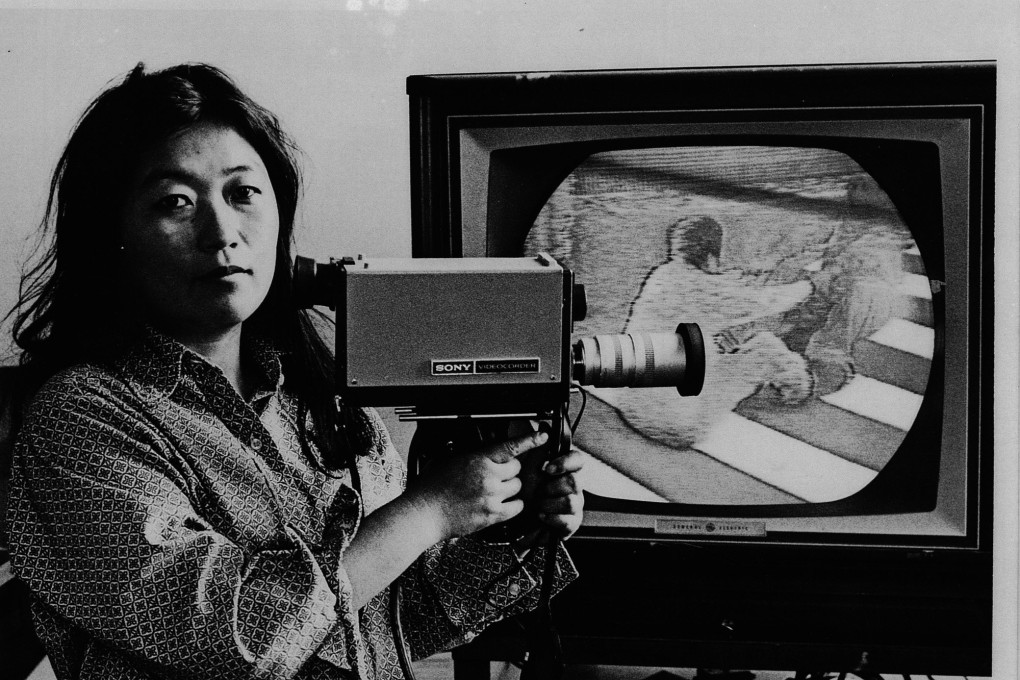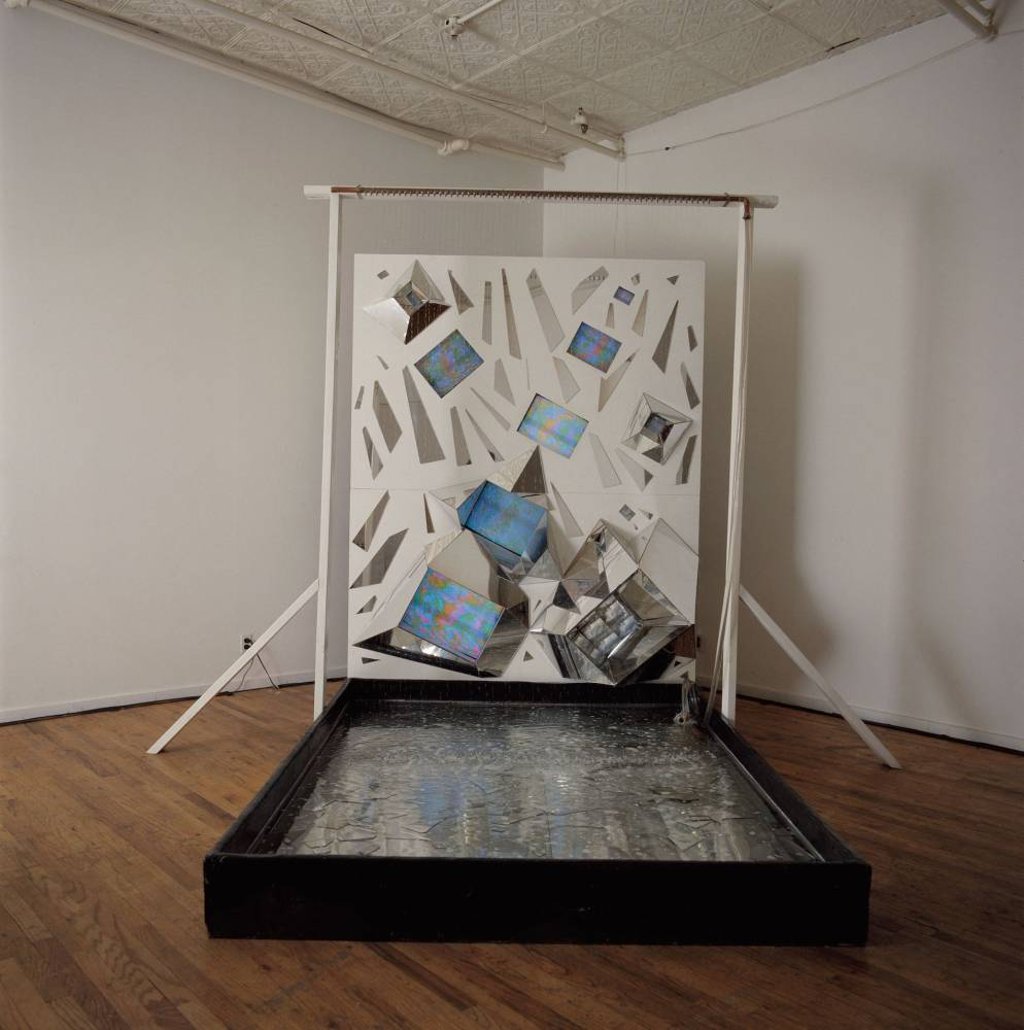MoMA exhibition pays tribute to Shigeko Kubota through seven of her genre-defying works
- Japan-born Kubota, who never had the same recognition as her husband, Korean-American Nam June Paik, was attracted to video and TV as a medium
- The exhibition is timely, as MoMA is working to fix the historical racial and gender imbalance of its collection

The Museum of Modern Art (MoMA) is introducing a new generation to the works of Shigeko Kubota, who died in New York in 2015.
The sensitive curation of “Shigeko Kubota: Liquid Reality” means that the first solo exhibition of the artist’s work at a US institution in 25 years does not dwell on her many identities (such as the fact that she was born in Japan and was married to Nam June Paik, the Korean-American artist often referred to as the father of video art), but lets key works speak for themselves.
This approach helps to avoid interpretations that have deprived her of the same respect and renown given to male artists active in New York during the 1960s and 1970s, as well as emphasising the fact that her practice transcended boundaries of all kinds.
Her works are best known for her innovative use of videos and televisions. When Kubota arrived in New York in the 1960s, she leapt on the relatively new medium as an artistic blank slate that freed her from being seen just as a woman artist and a new immigrant from post-war Japan.

She observed that with videos, “infinite variation becomes possible. Freedom to dissolve, reconstruct, mutate all forms, shape, colour, location, speed, scale … liquid reality.”